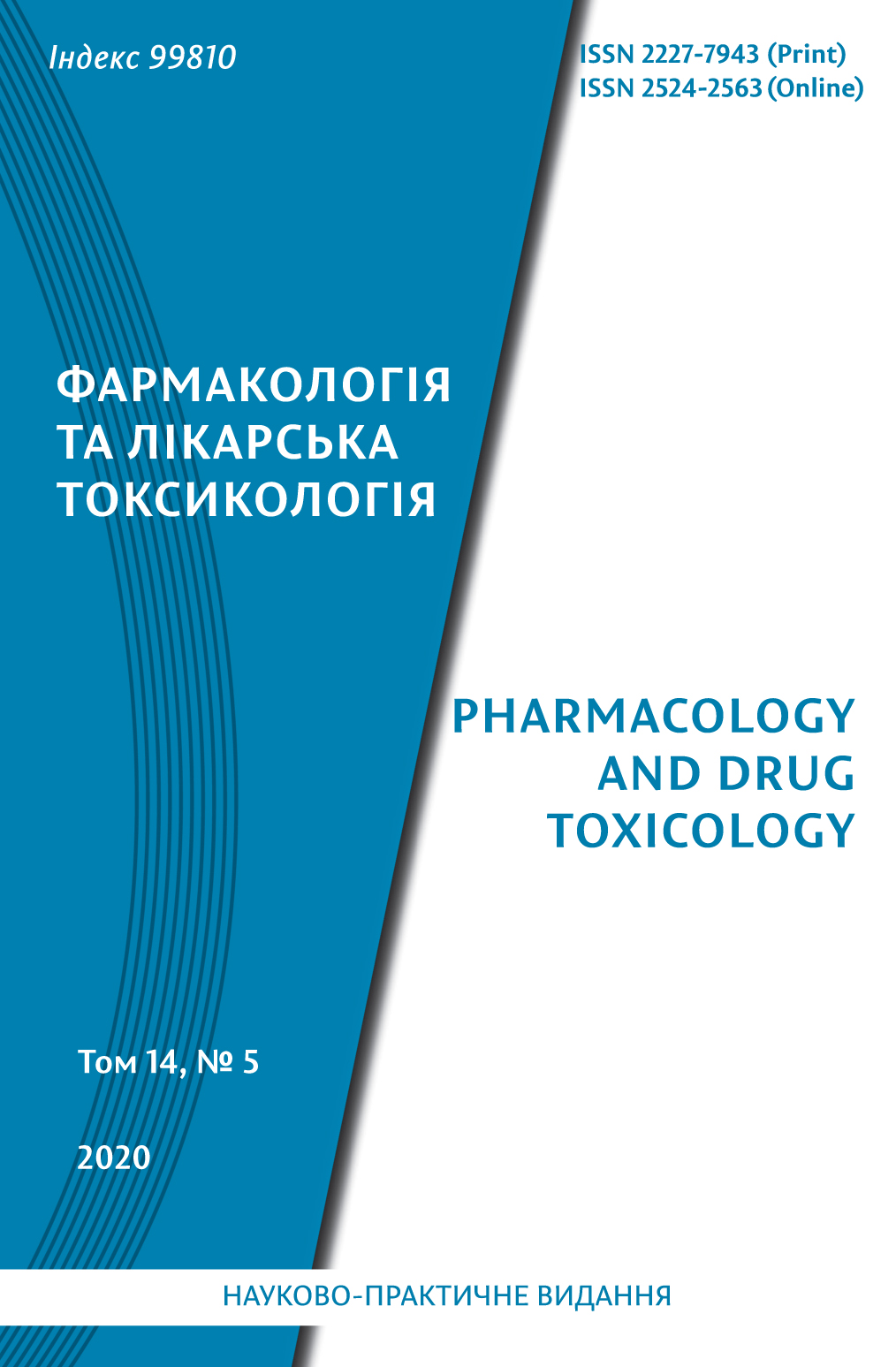Abstract
Existing data demonstrate that various medicines used for depressive disorders therapy had a number of additional effects such as sedation and mood improvement. In fact, signals from the environmental stress factors such as life-threatening hazards, social stressors and reaction to injury in the organism, firstly transmitted by the sensory nervous system and then this information are processed by the so-called emotional patterns in the brain. Treatment of various diseases that usually accompanied with neuropsychic disorders leads to «polypragmasia» – prescription of many medicines (5 and more) at the same time. Therefore, there is a big of interest to develop complex medicine with broad spectrum of the pharmacological action for the treatment of depressive disorders. Our previous research was focused on the anti-depressive properties of the complex compounds of SnCl4 with salicyloyl hydrazones of benzaldehyde (C-I) and 4-bromobenzaldehyde (C-II) and their functional aspects.
The aim of the study is to determine anxiolytic and sedative activity of new complex compounds of SnCl4 with salicyloyl hydrazones of benzaldehyde and 4-bromobenzaldehyde in: «Open-field test» and «Light-dark box».
Behaviour of experimental animals (mouse) was analysed by means of the test «light-dark box». It was conducted during 5 min in 1 h, 3 h, 5 and 24 h after the oral administration of substances, registering the following values: residence time in the light box and number of peeps from black to light box. Study of anxiety was conducted by means of «open-field test» during the equal time (1 h, 3 h, 5 h and 24 h). Examination was conducted during 5 min, registering numbers of stands on the hind paws (vertical mobility), numbers of peeps into holes (exploratory activity) and numbers of crossings the boxes
(locomotor activity). To determine whether the complexes and functional groups that contained in C-I and C-II demonstrate anxiolytic effect, the anxiolytic action of benzaldehyde, 4-bromobenzaldehyde, salicyloyl hydrazone of benzaldehyde, salicyloyl hydrazones of 4-bromobenzaldehyde have been tested.
The results of anxiolytic activity study of the complex compounds of SnCl4 with salicyloyl hydrazones of benzaldehyde and 4-bromobenzaldehyde demonstrated that after oral administration of these compounds the expressive neurotropic effect had observed during the 24 h of the experiment. The study of salicyloyl hydrazones of 4-bromobenzaldehyde indicated its significant contribution into the anxiolytic effect of the C-II. Probably the anxiolytic activity has occurred due to bromine atoms presence in the structure of the complexes.
